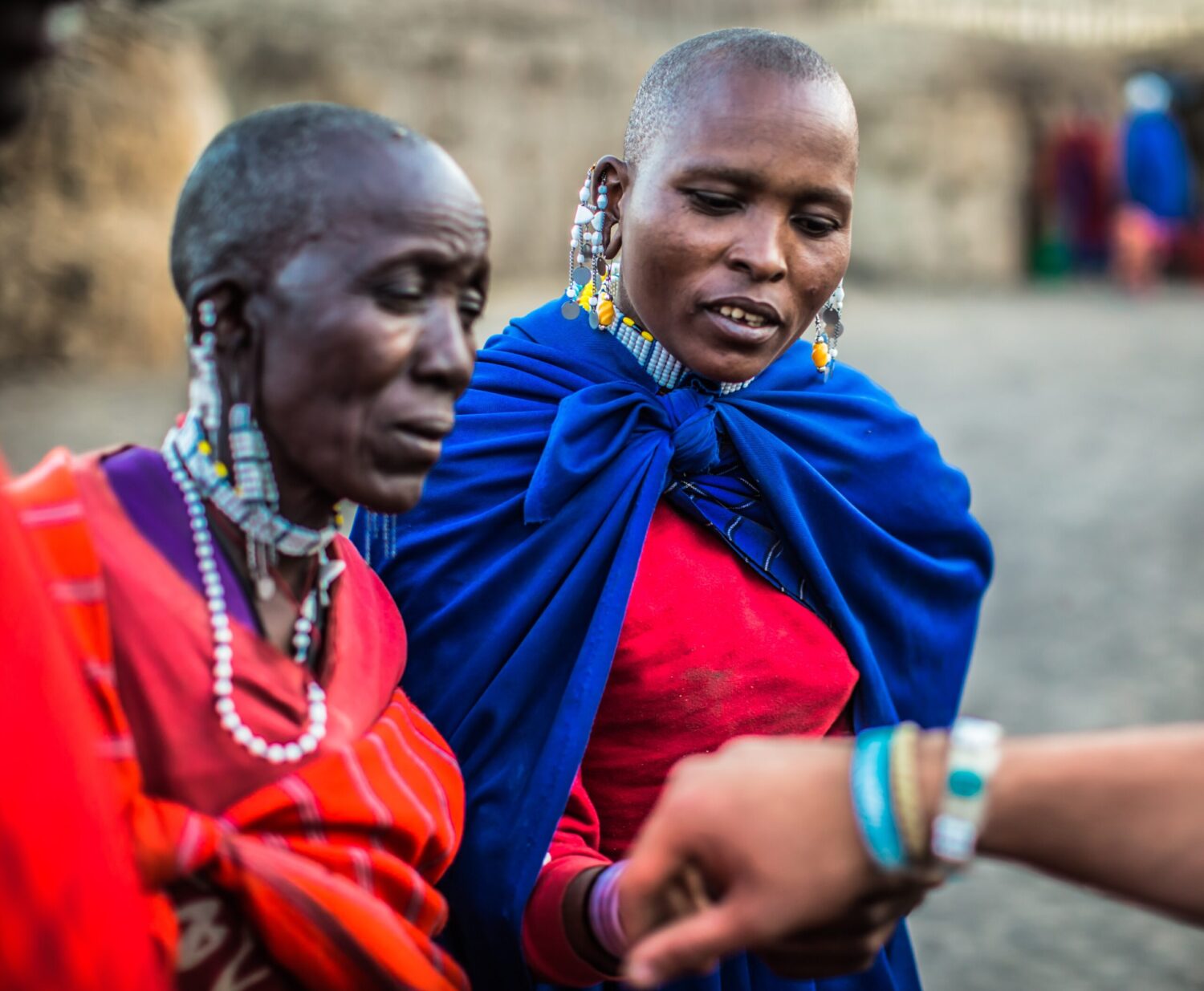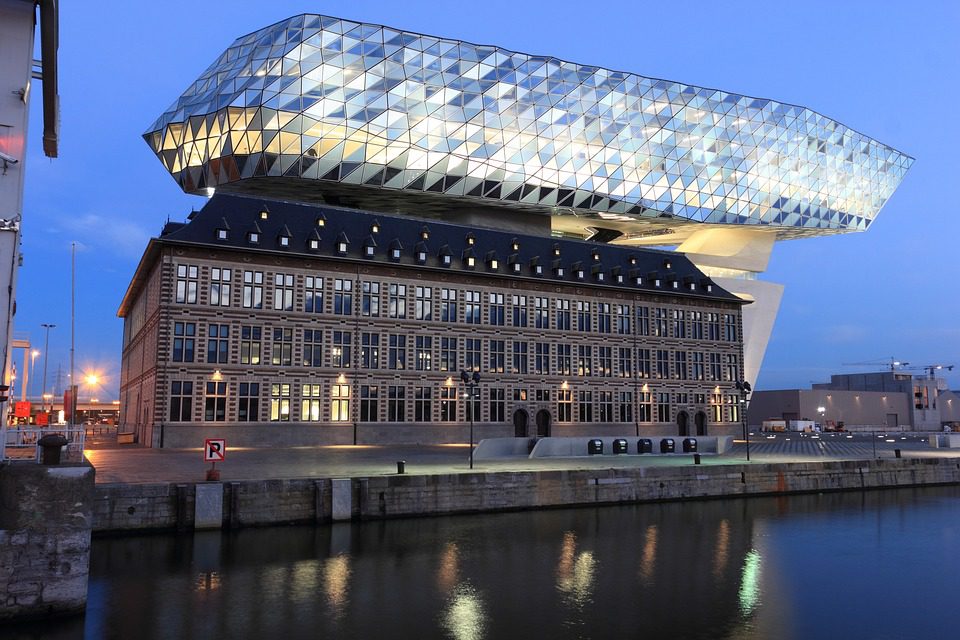Female circumcision is the partial or total removal of the external genitalia without the medical need to do so
About 200 million girls and women now living on planet Earth have undergone the extremely painful procedure of female circumcision, also called infibulation.
Female circumcision is the partial or total removal of the external genitalia without the medical need to do so. This operation is commonly called “female genital mutilation” and “Female Genital Mutilation” (FGM).
The essence of the operation is that the labia majora is sutured in such a way that only a tiny hole remains, through which it is difficult for urine and menstrual blood to pass.
In this case, the clitoris and outer labia are often completely amputated, and the inner labia partially. Due to the deep incision made during the operation, a noticeable scar is formed after healing, which actually completely covers the vulva.
Infibulation is said to be the ideal way to preserve a girl’s virginity until marriage, but it requires another operation after marriageable age to allow her to have sex.
Some peoples have a custom according to which on the wedding night the husband takes a knife and cuts his wife’s crotch with it, and only then has intercourse with her. After conception, it is sutured again.
When it is time for the woman to give birth, the vaginal area is cut open again to allow the baby to come out, and after the birth it is stitched back up.
Usually, such interventions are extremely painful for women. Since they are all performed without anesthesia, women in labor lose consciousness from pain.
Death from complications is not uncommon. Instruments are not disinfected, and hence the risk of tetanus and other infections increases. Sometimes this barbarism leads to infertility.
The reasons for performing FGM vary by region, change over time and are a combination of sociocultural factors specific to families and communities.
Usually, this practice is justified by the following most common reasons:
• In areas where such a practice is part of the customs, incentives for its continuation are social pressure and fear of public rejection. In some communities female genital mutilation is almost mandatory and its necessity is not contested
• These surgeries are often considered a necessary part of a girl’s upbringing and a way to prepare her for adulthood and marriage.
• Often the motivations for performing these operations are views on proper sexual behavior. The purpose of the operations is to ensure the preservation of virginity before marriage.
• In many communities, the practice of female genital mutilation is believed to help suppress libido and thus help them resist extramarital sex.
• The practice of female genital mutilation is associated with cultural ideals of femininity and modesty in which girls are clean and beautiful.
• Although religious texts do not speak of such practices, those who perform such operations often believe that religion supports the practice.
In most communities, this practice is considered a cultural tradition, which is often used as an argument for its continuation.
FGM has no health benefits and can lead to serious, long-term complications and even death. Immediate health risks include haemorrhage, shock, infection, HIV transmission, urine retention and severe pain.
Illustrative Photo by Follow Alice: https://www.pexels.com/photo/two-woman-looking-on-persons-bracelet-667203/














